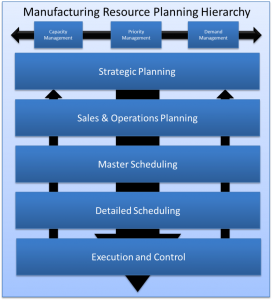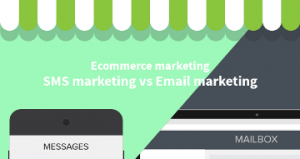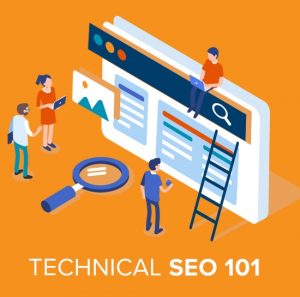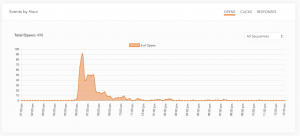— March 26, 2018
Business growth is important, especially if you are an ecommerce company.
The industry is growing rapidly and competition is tough, even without counting the new ecommerce companies that are started every week.
To ensure that your growth is sustainable and effective, it is always best to have a carefully considered strategy. This is even more essential if you are looking to expand rapidly and attain growth above 10%.
You wouldn’t be alone in demanding this type of growth, a survey back in 2010 found that just under half of all business leaders planned to grow their businesses by more than 10%, while another 30% were looking to grow their business at any level.
Growth Can Be a Double-Edged Sword
Quick growth in your business may sound like a dream come true, but it can also be the Achilles’ heel for some unprepared businesses. This is usually the case when your business is struggling to meet the increased customer demands that comes with growth.
This leads to disgruntled employees who are left to cope with the excess demands, strained relationships with customers that are unsatisfied with their customer service, and it can often lead to a ‘crash and burn’ scenario.
To avoid this you need to carefully plan your expansion and determine how you are going to cope with the extra demand. This should be done early enough so that you know what to do when the growth happens, not thinking of what you can do while dealing with an excess of growth.
A Well-Thought-Out Strategy For Expansion
Your first objective is to identify the resources that currently exist within your organization that can be used to support each stage of growth.
This includes staff capabilities and capacity, processes, tools and technology. Each of these needs to be assessed to check that they are meeting current demands and what productivity levels they are achieving. During your investigations, you will notice gaps within your business and where solutions are required.
For instance, you might notice that your warehouse capacity isn’t large enough for your expansion. Therefore, you should decide whether a new storage system is needed or new premises.
Alternatively, you might notice that you need more staff to cope with the additional demands there will be on your fulfillment system.

For some businesses, attracting and retaining the relevant, skilled employees is the hardest aspect of growth. Yet your team are a key component to your success.
When you lose a vital member of your team, it can shatter the remaining team members’ confidence and can lead to the collapse of processes.
Therefore, you need to decide why people will want to work for you and what you can offer to keep them there. Often this isn’t money as it is a poor motivator, but rather a real reason why working for you matters.
Once you’ve identified your internal resources and needs, you should assess costs. What can you afford in the immediate and long term? Without the necessary funds you cannot invest and it can be a significant liability to your business’ expansion.
So assess carefully every investment and ask the following questions:
- What is the cost of the investment?
- What value will it provide the company?
- How will it improve the capacity of processes?
- Is there another option to the investment that costs less?
- Is the investment really necessary?
Once you’ve found the options to plug the gaps, you can start looking at targeting.
Targeting
During your strategy for expansion you need to carefully consider your targeting.
Targeting everyone might yield a greater exposure for your brand but is likely to lead to a less than effective campaign for a high cost.
Instead, consider who your target audience is, where are they spending their time (online and offline) and then target those marketing channels. This helps you minimise the costs, particularly customer acquisition costs, in order to generate better profits.
For instance, if you sell toys, you should target parents who have children in your toy’s age range. Targeting couples or adults without children is simply pointless.
Consider what channels your targeted demographic frequent and what content they are reading. If you’re targeting millennials, find out what they’re interested in, what type of content they prefer to consume, which social media platforms they’re active on and so on.

Then create targeted campaigns on those channels aligned to similar messages, but making them unique enough so they stand out.
Conclusion
By considering your internal resources and your future customer base, you can create a sustainable growth for your ecommerce business.
The strategy will prevent you from failing because you’ve grown too big, too fast and can’t cope with the new demands. Instead, you should be able to look forward to a fantastic future.
- What is your strategy for business growth?
- Have you considered the internal workings of your business?
Digital & Social Articles on Business 2 Community
(35)









